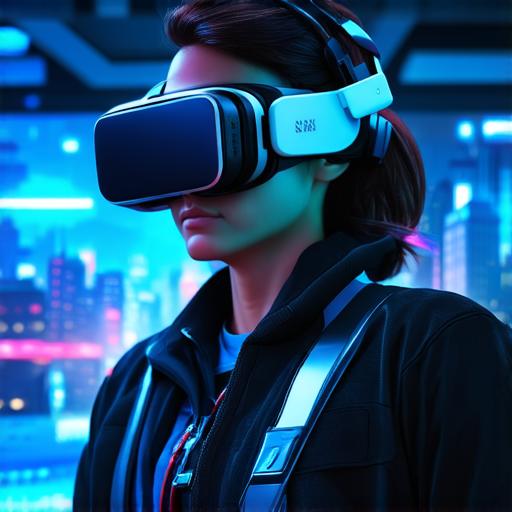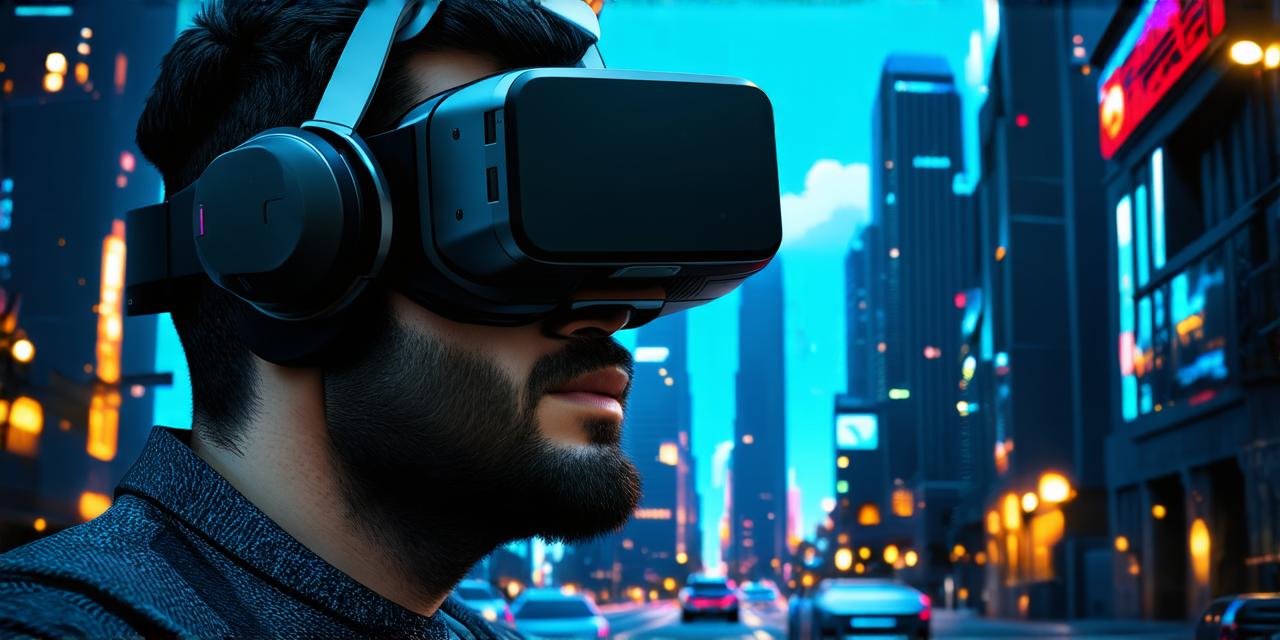Virtual Reality in Entertainment
The entertainment industry is one of the most popular applications of virtual reality technology. VR allows users to experience immersive and interactive environments that simulate real-life scenarios. For example, users can use VR headsets to experience a 360-degree view of a concert or sports event, allowing them to feel like they are actually there.
Virtual Reality in Education
Virtual reality technology has the potential to revolutionize education by providing students with immersive and interactive learning experiences. With virtual reality, students can explore historical events, study science concepts, and even practice surgical procedures in a safe environment. For example, medical schools can use VR simulations to allow students to practice surgeries without risking the lives of real patients.
Virtual Reality in Healthcare
Virtual reality technology is also being used in healthcare to provide patients with immersive and interactive experiences that help them manage pain and anxiety. For example, virtual reality therapy can be used to treat post-traumatic stress disorder (PTSD), depression, and anxiety disorders. Additionally, VR technology can be used to simulate surgical procedures, allowing doctors to practice and improve their skills in a safe environment.
Virtual Reality in Business
Virtual reality technology is also being used in business to provide customers with immersive and interactive experiences. For example, real estate companies can use VR technology to allow potential buyers to explore properties virtually. Additionally, businesses can use VR simulations to train employees on new products or processes, allowing them to practice in a safe environment without disrupting normal operations.
Virtual Reality in Tourism
Virtual reality technology is also being used in the tourism industry to provide users with immersive and interactive experiences. For example, travel companies can use VR simulations to allow users to explore different destinations virtually. Additionally, VR technology can be used to create virtual tours of museums and historical sites, allowing users to experience these attractions from the comfort of their own homes.
Virtual Reality in Gaming
Virtual reality technology is also being used in gaming to provide players with immersive and interactive experiences. For example, VR games allow players to feel like they are part of the game world, providing a level of immersion that traditional gaming cannot achieve. Additionally, VR games can be played on a variety of devices, including PCs, consoles, and smartphones.
Virtual Reality in Sports
Virtual reality technology is also being used in sports to provide athletes with immersive and interactive experiences. For example, virtual reality simulations can be used to train athletes on different techniques and strategies. Additionally, VR technology can be used to create virtual stadiums and arenas, allowing athletes to practice in a simulated environment that replicates real-life scenarios.
Virtual Reality in Retail
Virtual reality technology is also being used in retail to provide customers with immersive and interactive experiences. For example, virtual reality simulations can be used to allow customers to explore different products and make purchases without physically leaving the store. Additionally, VR technology can be used to create virtual product demonstrations, allowing customers to see products in action before making a purchase decision.
Virtual Reality in Real Estate
Virtual reality technology is also being used in real estate to provide potential buyers with immersive and interactive experiences. For example, VR simulations can be used to allow potential buyers to explore different properties virtually. Additionally, VR technology can be used to create virtual staging, allowing potential buyers to see how furniture and decor would look in a space before making a purchase decision.
Virtual Reality in Automotive
Virtual reality technology is also being used in the automotive industry to provide customers with immersive and interactive experiences. For example, VR simulations can be used to allow customers to explore different car models and customization options virtually. Additionally, VR technology can be used to create virtual showrooms, allowing customers to see cars in action before making a purchase decision.
Case Study: Virtual Reality in Education
One example of the use of virtual reality technology in education is the use of VR simulations in medical schools. Medical schools are using VR simulations to allow students to practice surgical procedures without risking the lives of real patients. This allows students to gain hands-on experience in a safe environment, improving their skills and confidence.

